Pros and Cons of Skylights
Welcome to our guide to the pros and cons of skylights with standard types, cost and installation.
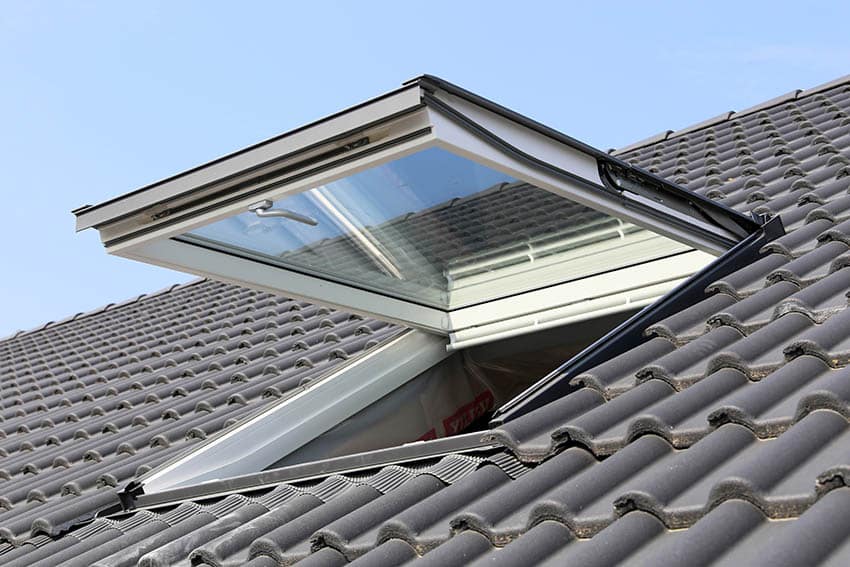
What Are Skylights?

In addition to providing natural lighting a skylight can often provide enhanced ambiance, ventilation, views, and an emergency exit.
Standard Types of Skylights
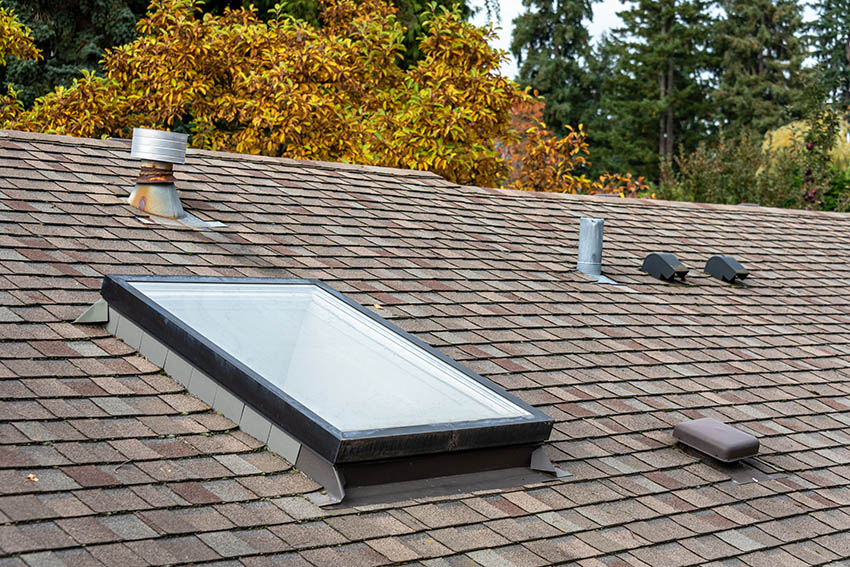
Ventilating: A ventilating skylight is similar to installing a window on the roof. These types of skylights can be opened and closed as needed to allow for both ventilation as well as daylighting.
Domed: Domes skylights are installed over the fixed skylight to give a different design as well as make the lighting a little less direct into the space.
Tubular skylights: Tubular skylights are used in tight spaces and offer a reflective surface inside that is adjustable. This is primarily for daylight needs versus a dramatic visual piece.
Skylight Pros and Cons
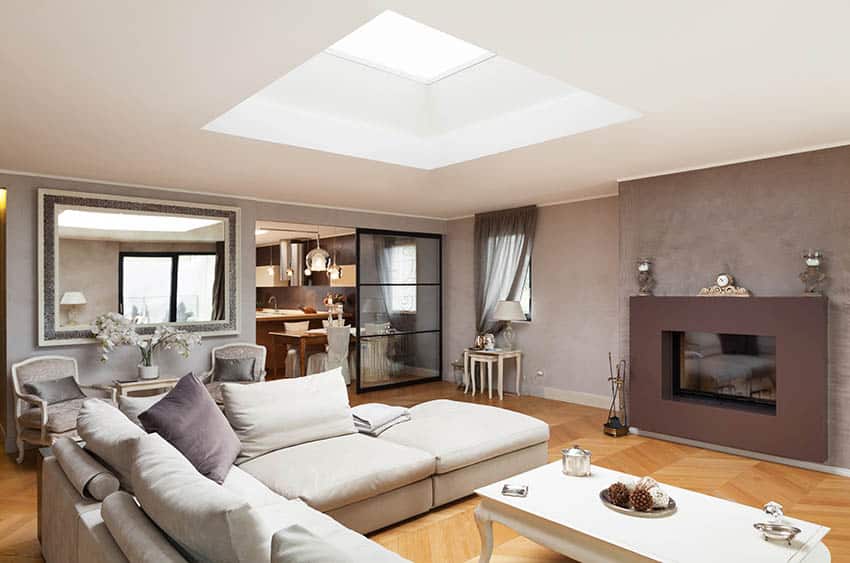
Added home value: Skylights adds a great deal of value to the home, in both the design portion and the function portion of the light. Skylights can add a dramatic and eye catching light display, while lessening the need for electricity powered lighting.
Design Options: There are a ton of choices when it comes to size, location, shape and angles when it comes to skylights. This can greatly increase the flexibility of the skylight since they can be used in almost any style and design.
Daylighting: One of the biggest factors in deciding to use a skylight is the daylighting it provides for the space. This is particularly beneficial in the winter when the angle of the sun is lower and the windows cannot pick up as much light as a skylight can.
Energy Savings: With the added daylight factor being brought into the space, the energy savings skyrocket. There is less need for overhead lights during the day hours and the temperature control during the winter months. This is both good for the bills and environment.
Ventilation: Many types of skylights can be opened for air circulation. This is especially useful in areas that can benefit from fresh air or a cool breeze.
Outdoor Views: The addition of a skylight can provide views outside which is almost always a benefit.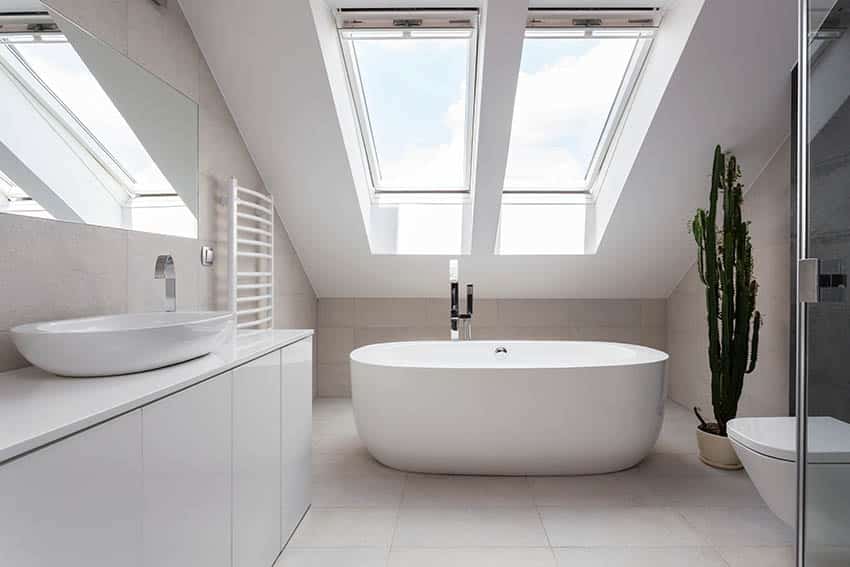
Skylight Cons:
Overheating or Over lighting: Unfortunately the sun is not under our control, meaning the light and heat levels are also not under our control.
This can cause over heating or over lighting in the building and skylights are on the roof which can be difficult to offset.
This can be controlled to an extent by the placement, size and shape of the skylight. If it is a large concern there can be automatic shades installed for the skylights.
Heating & Air Conditioning Issues: They can allow warm air to escape through the opening in the winter and cool air to escape in the summer. They also are prone to condensation from water vapor on the window pane.
Installation: Skylights are a difficult thing to build or install. The sealing of the skylight needs to be done properly otherwise they can leak and drop into the building below.
Even the smallest leak could turn into detrimental issues. The skylight must be completely secured on the roof as it is overhead and constantly fighting against gravity.
Maintenance/Cleaning: The cleaning and the maintenance of skylights can be pretty difficult, due to its height. There is the need for ceiling height ladders or extendable cleaning items to reach the window.
Repairing the seals and anything else on the skylight is typically done from the roof side, which can be rather difficult based on the size and layout of the building the skylight is in.
Adding a Skylight Window
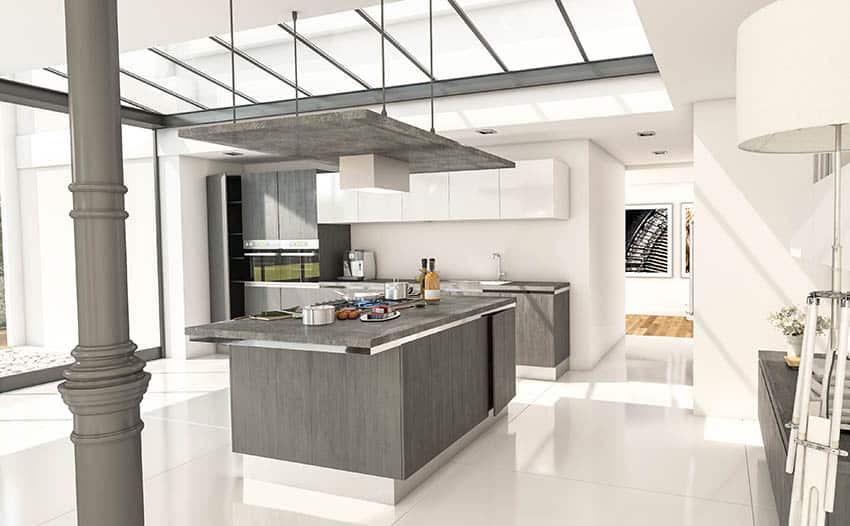
After the proper collection of supplies and safety precautions, one must cut the hole in the roof of the desired shape and size.
From there the area must be flashed, and then the skylight can be placed. Next the skylight must be properly sealed to the roof. This step is important otherwise there could be leak in the final product.
The skylight must then be sill flashed at the bottom edge and then step flashed on the sides.
Following that there needs to be counter-flashing on the sides and the final saddle flashing. After all these steps are complete, there should be just a little bit of cleanup and the skylight is installed!
This is often a process that is done by professionals depending on the size and difficulty level.
Is It Expensive to Add a Skylight?

Prices can vary based on the types, sizes and other design choices. That being said, the average price range you can look at is about $1000 to $2500 to install a skylight. Labor is going to be one of the most expensive parts of the overall project.
Standard fixed windows can range from about $100 to $1500 per window.
Ventilating skylights can run about $300 to $2500 per install.
Tubular skylights can cost around $450 to $1300 per window.
The dome skylights can run about $250 to $3000 per window.
Each of these prices are for the window alone, adding an additional cost of $500 per hour for installation. The time it takes can be based on the conditions of the home and the difficulty levels of the project.
Are Skylights Worth the Money?
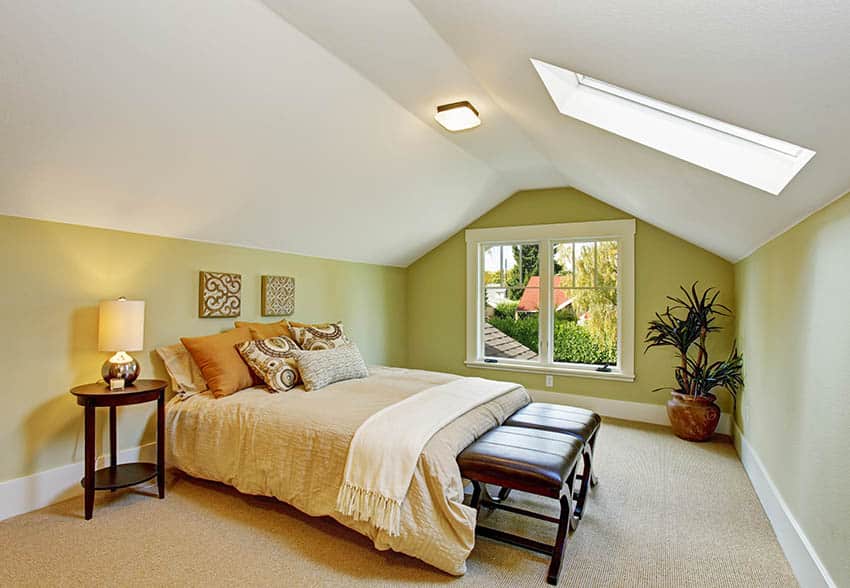
Based on the style and type you select you can get more or less daylighting, ventilation and heat retention. Additionally, they add a great deal of resale value do to their appearance and functional qualities.
Are Skylights Outdated?
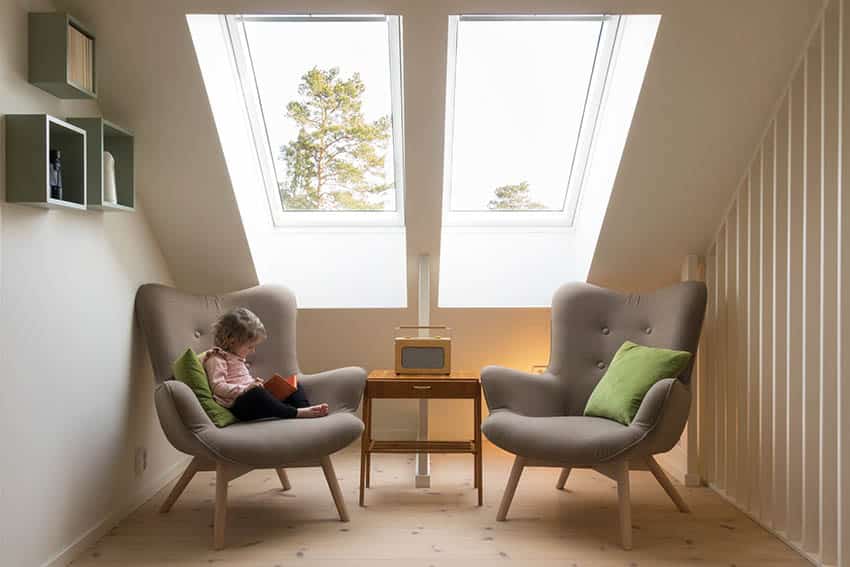
In this day and age homeowners are eager for the visual and functional aspects of skylights and will take responsibility for the maintenance when it comes time.
Were there any pros and cons of skylights that we missed? Let us know in the comments to share your thoughts. See more related designs at our kitchen skylight ideas page.

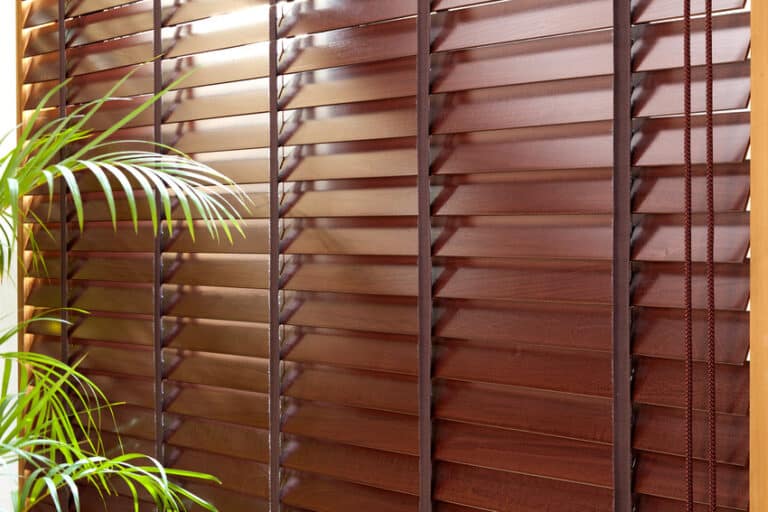
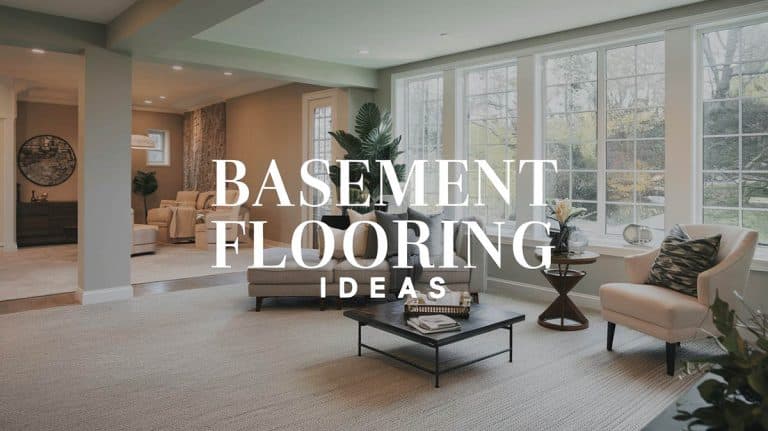
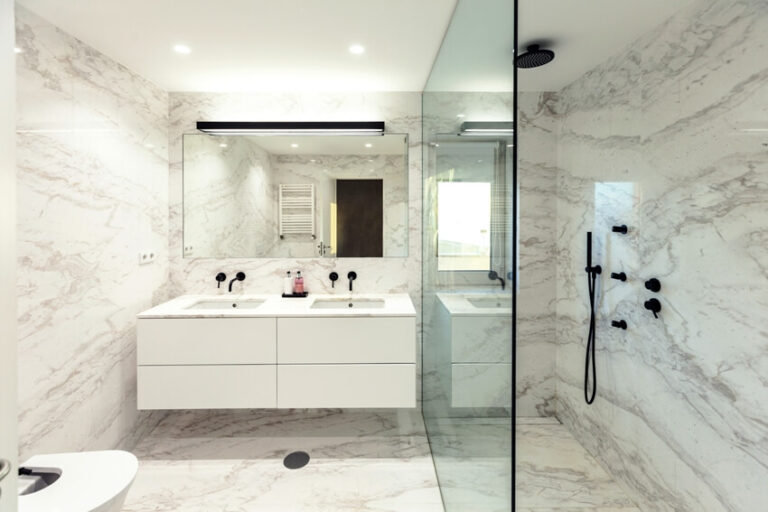
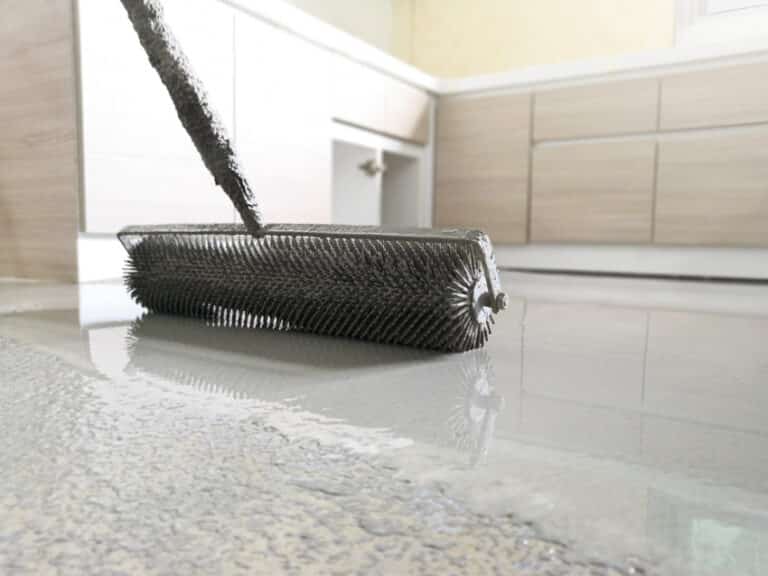
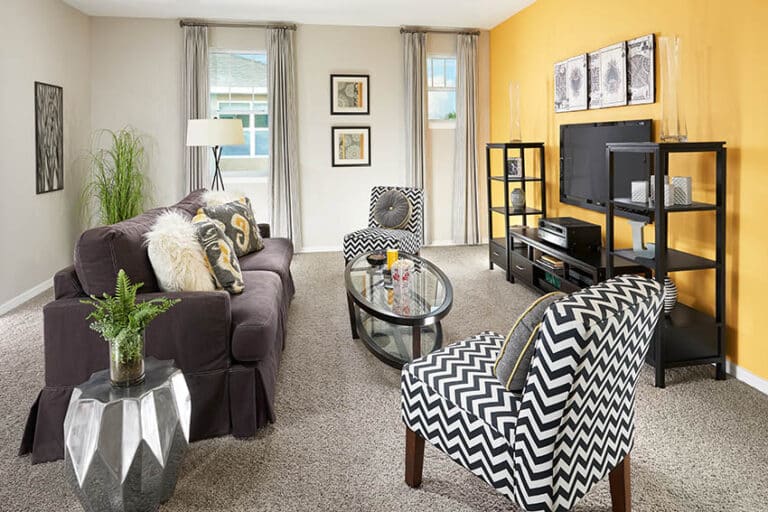
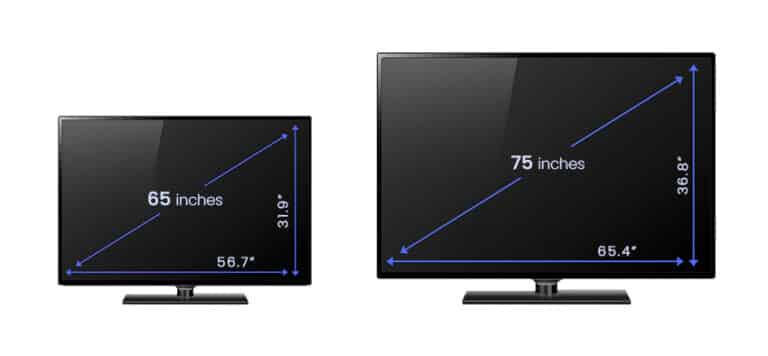
I recently had a skylight installed above my stairs and it brings in so much natural light. I definitely recommend it as it even helps brighten my living room which is an added bonus.